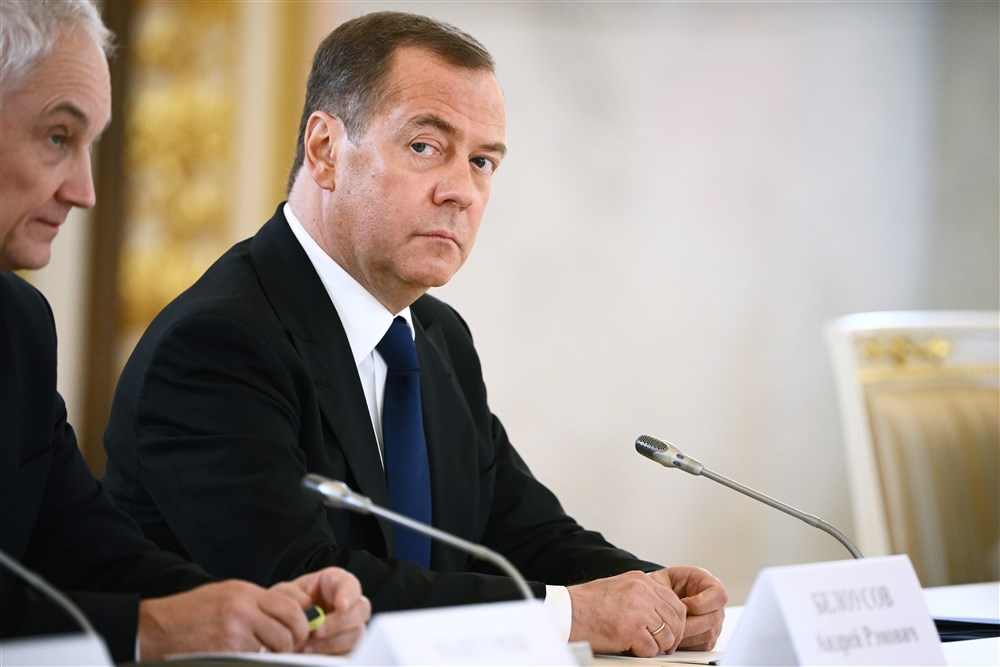Ukraine said Russian forces blew up a giant dam in the country’s south, unleashing a torrent of floodwater across the battlefield separating their two armies as Kyiv steps up fighting to reclaim occupied territory.
The blast at the Kakhovska hydroelectric power plant is causing a rise in water levels that threatens 10 villages on the western bank of the Dnipro and puts a part of the city of Kherson at risk, the Ukrainian Interior Ministry said on Telegram, urging people to prepare for evacuation.
While crops aren’t directly at risk, wheat prices surged as much as 3% on Tuesday over supply concerns, extending their climb from a 30-month low last week. The dam’s destruction “looks like a big escalation with dire consequences and huge headline risk,” Andrey Sizov, managing director at agricultural consultant SovEcon, said in a tweet.
Russia hasn’t commented on the incident officially so far. Fighting is intensifying along the front lines as Kyiv’s forces prepare for their counteroffensive in eastern and southern Ukraine. Russian troops are dug in the opposite side of the Dnipro river from the city of Kherson after they were forced to withdraw in November from the regional capital that was the only one seized by President Vladimir Putin’s army soon after the February 2022 invasion.
Ukraine has warned repeatedly in the past year that Russia may attempt to blow up the dam to try to stall its advance. Moscow sought “to create insurmountable obstacles” for Ukraine’s military with the flooding, Mykhailo Podolyak, an advisor to Ukrainian presidential office said on Twitter. “Colossal damage will be done to the environment.”
Russia carried out another wave of missile attacks on Ukraine overnight, firing 35 cruise missiles that were all intercepted by air defences, the Ukrainian General Staff reported on Facebook. Ukraine carried out 19 air strikes on Russian troop formations and attacked command posts, an ammunition depot and artillery positions, it said.
Separately, Ukraine reported that an ammonia pipeline was damaged by Russian shelling in the Kharkiv region close to the border between the countries. Russia regards the pipeline, which was shut down during the war, as a key issue in talks on maintaining grain shipments through the Black Sea corridor.
President Volodymyr Zelenskiy summoned an urgent meeting of Ukraine’s national security and defence council to discuss damage to the dam. He blamed the attack on Russia, saying on Telegram that the destruction of the dam “only confirms for the whole world that they must be expelled from every corner of Ukrainian land.”
More than 80 settlements and Kherson city lie within the flood zone “which could lead to hundreds of thousands of victims,” Ukrainian Deputy Infrastructure Minister Mustafa Nayyem said on Twitter. The hydro power station, that Russia has decoupled from Ukraine’s grid, provides electricity to more than 3 million people and is a “crucial part of the country’s energy infrastructure,” he said.
Eight villages and a district of Kherson were flooded or partially flooded by early morning and some 16,000 people in the region are in a “critical zone,” Governor Oleksandr Prokudin said in a video on his Telegram channel. Nearly 750 people have been evacuated so far from the Ukraine-controlled part of Kherson region, Interior Affairs Minister Ihor Klymenko said on Telegram.
The Zaporizhzhia nuclear power plant in the south of Ukraine, which has been occupied by Russian forces for more than a year, uses water from the Kakhovska reservoir for cooling its reactors. The situation at the plant is under control now and the cooling reservoir is full, Ukraine’s nuclear power operator Energoatom said on Telegram.
There’s no risk of flooding in Crimea as a result of the damage to the dam, said Sergei Aksyonov, who heads the Black Sea peninsula Russia annexed from Ukraine in 2014,the Interfax news service reported. While reservoirs for drinking water are about 80% full, the flow into the canal delivering supplies to the region may decline and work is under way to minimize lose, he said.





